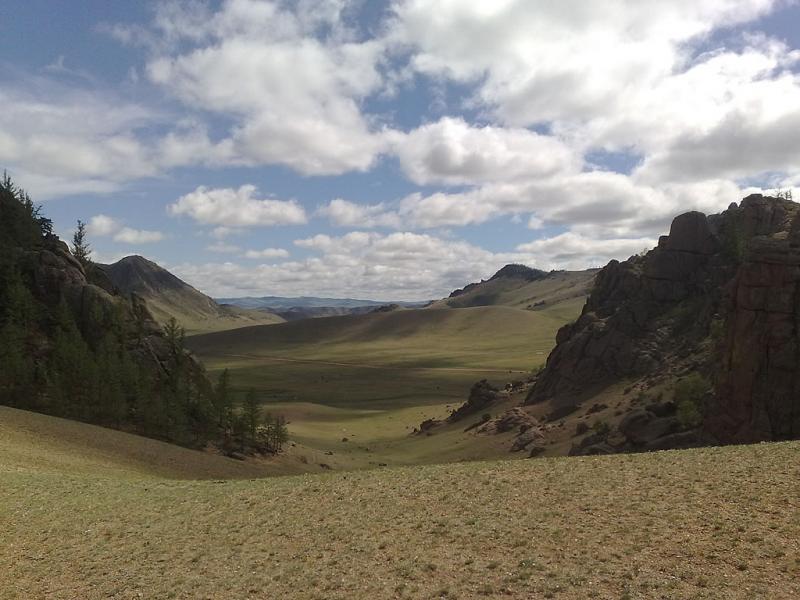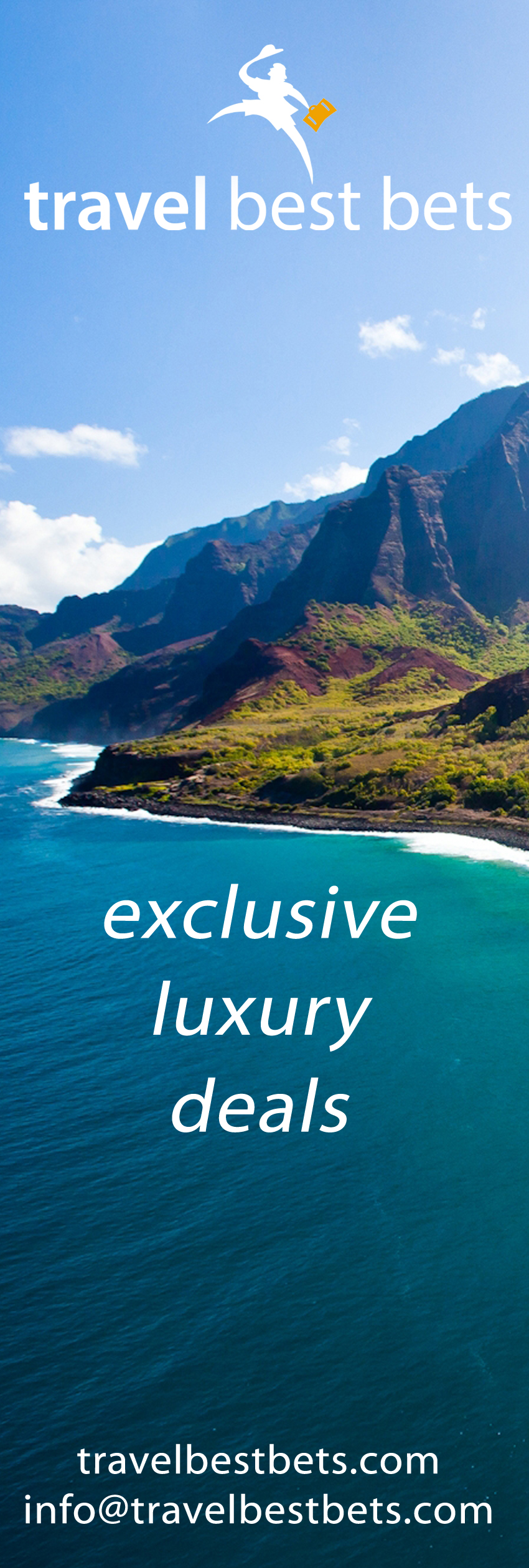
A Unique Journey on Horseback
By Tom Patrick
The horse is an intrinsic part of the history of Mongolia. They were used by Genghis Khan in his invasion of Asia and Europe, and his warrior’s mastery of the art of horseback riding was one the main reasons that the Mongol Empire spread so far. They revolutionised warfare, crossing mountains and deserts that were previously thought to be impassable. Horses meant warriors could travel 80 kilometres in a day, distance unheard of in 13th century Asia. The Chinese Army could not cope with the skilled cavalry of the Mongolians, and China’s own military campaigns were hampered by a lack of horses and skilled riders. Even today the horse plays an important role in the country, horse riding being an event at the Naadam festival, the most important celebration of Mongolian culture of the year. Mongolian children as young as three years of age are taught to ride horses.
Mongolian Horses
Mongolian Horses outnumber the country’s people, living off the grasses that grow in vast open spaces of Mongolia’s heavily under populated landscape. They are characterised by their small stature due to their short legs and their impressive stamina, being able to run for long distances even with a rider.
Mongolians drink their horse’s milk, both in its original state as a laxative and brewed as the alcoholic beverage Airag. It is one of the only alcoholic drinks that is made from fermenting milk rather fruit, vegetables or grain and possesses a distinctly sour taste. A mare can produce over 300 litres of milk a year and during the grass growing season they can be milked four to five times a day. Horses are also used occasionally for their meat, but their usefulness usually outweighs the need to use them for sustenance.
The horses live mainly in the highland areas of Mongolia in the North East and the North West, but Nomads will take them with them on their travels. They are tremendously strong working animals, used extensively for carting. Four horses can walk roughly 50 km with a weight of over 1500 kilos in a day. Horse breeding is one of the most common occupations for the semi-nomadic people of this large country. Their speed and stamina mean the Mongols have great mobility around their country where roads are rare, and cars rarer still.
Zavkhan
The province or Aimag of Zavkhan is situated in the North West of Mongolia and is not the most popular of tourist destinations, mainly due to being difficult to access. Horse riding adventures in Mongolia tend to be less itinerary-based, with more emphasis on exploring and adapting to challenges. This is in keeping with the Mongol long history of Nomadic habitation of the land, being able to utilise the resources available and move on the find pastures new when they need to.
The undulating hills and steppes of Zavkhan make up a challenging terrain but the Mongolian horses thrive in their natural habitat, and most of the landscape is not quite as inhospitable as some areas of the country. Large areas abound in wild flowers and trees. The grasses are kept low by the horse’s attentions, and wild herbivores roam the environment. That said, in some places the province can resemble something from a Wild West film, with vast dusty plains just a few kilometres from some of the steepest inclines. Travelling groups tend to be kept small in an attempt to reduce the impact of the environment as the Mongolians are keenly aware of the need to preserve their country’s beauty spots.
Altai Mountains
The Altai Mountains, much like Zavkhan, are difficult to get to by conventional means which is something of a mixed blessing. Stretching from Western Kazakhstan to the Gobi Desert, encroaching on the borders of China and Russia as it moves east – the landscape has largely been left untouched, its natural beauty preserved for hundreds of years.
Most tours of the mountains take in a range of activities such as rock climbing, safari trips and hiking into areas that even the surefooted horses can’t reach. Keep an eye out for the native Asiatic Ibex, and if you’re very lucky, the Snow Leopards and Lynx that occasionally venture this far. There are also over 200 species of rare and endemic plant life in the area, so budding botanists will be in heaven. People have hunted with Eagles in the Altai Mountains for years, and it should be on everyone’s to do list to see these magnificent creatures in action.
Bogd Khan Uul National Park
Anyone who believes Mongolia is dominated by desert should see the Bogd Khan Uul National Park. Established by the Mongolian government in 1778, in order to preserve its sacred nature, the Bogd Khan Uul is one of the oldest national parks in the world. Despite being just south of Ulaanbaatar and the river Tuul, the heavily protected area seems miles from civilisation. As you ride through this protected park, you will pass herds of animals tended to by children on horseback, witness fascinating wildlife such as the endangered Red Deer grazing in the grasslands, and make sure to keep your eye on the sky to catch a glimpse of Vultures and Eagles. For those with a little bit more time - and energy – you should ride to the summit of Tsteseegun Uul, the park’s highest peak at 2256m. From here you get a great view of the majestic Mongolian landscape.
Manzushir Monastery
Established in 1733, Manzushir Monastery once boasted 20 temples and over 300 monks. However, in the 1930’s this peaceful community was devastated by the Stalinist regime’s crackdown on Mongolian Buddhism. Many monks were killed or exiled and the monastery reduced to ruins, a terrible destruction of knowledge. With grounds covering more than 100 acres, the monastery was a centre of learning in Mongolia, including schools of medicine, astrology and philosophy.
These days, a museum stands in the spot at the bottom of a valley to tell the story of what happened there. There are Buddhist relics, religious paintings and musical instruments, some of which are over a hundred years old. One of the most prized pieces is a bronze cauldron from 1726.
The steep valley that leads to the monastery is an enchanting mix of greenery and plunging rock. Sometimes, one the best parts of the visit is the journey itself, as this is never truer than in the approach to this site.
Round Up
Mongolian culture and history are fundamentally linked to the horse. As the armies of the 13th century travelled (and conquered) the land from the saddle of a horse, today you can see the best parts of the country from an equine perspective.
Share this article:




















